

North of the Fernpass, which was in the way of travellers 4000 - 5000 years ago, lies the holiday region Imst. It includes the Gurgltal, which the locals also like to use for local recreation, and a particularly charming part of the Inn Valley, with one of the last floodplains on Tyrol's main river, framed by the peaks of the Wetterstein Mountains, the Mieminger chain, the Lechtal and Ötztal Alps.
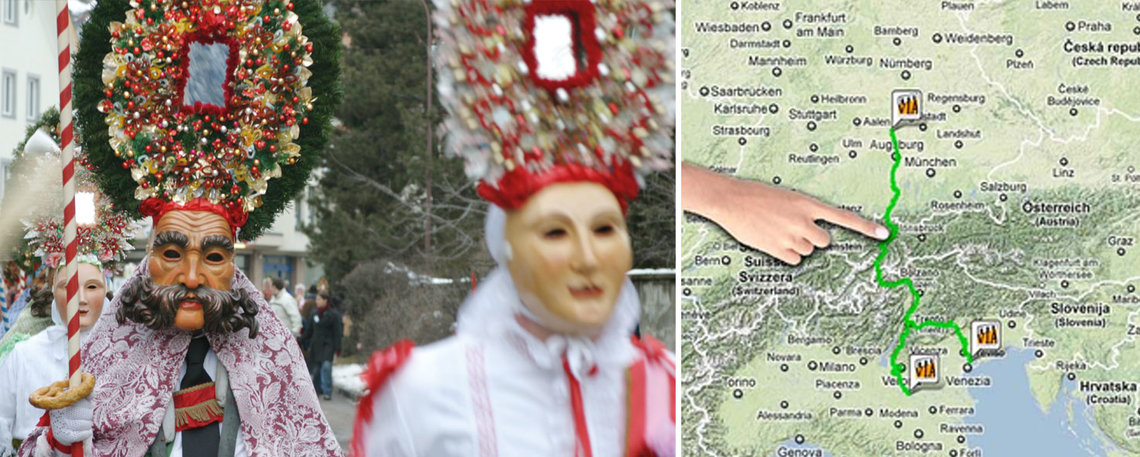
Die südlich des Fernpasses gelegene Ferien-Region Imst ist nicht nur durch für ihre große Fasnachts-Tradition bekannt.
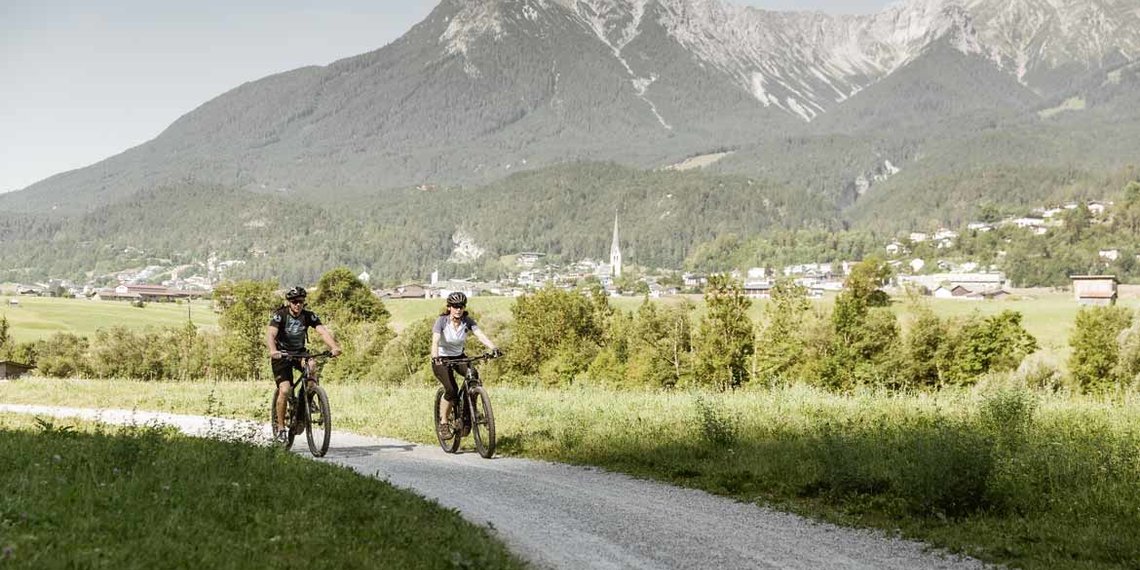



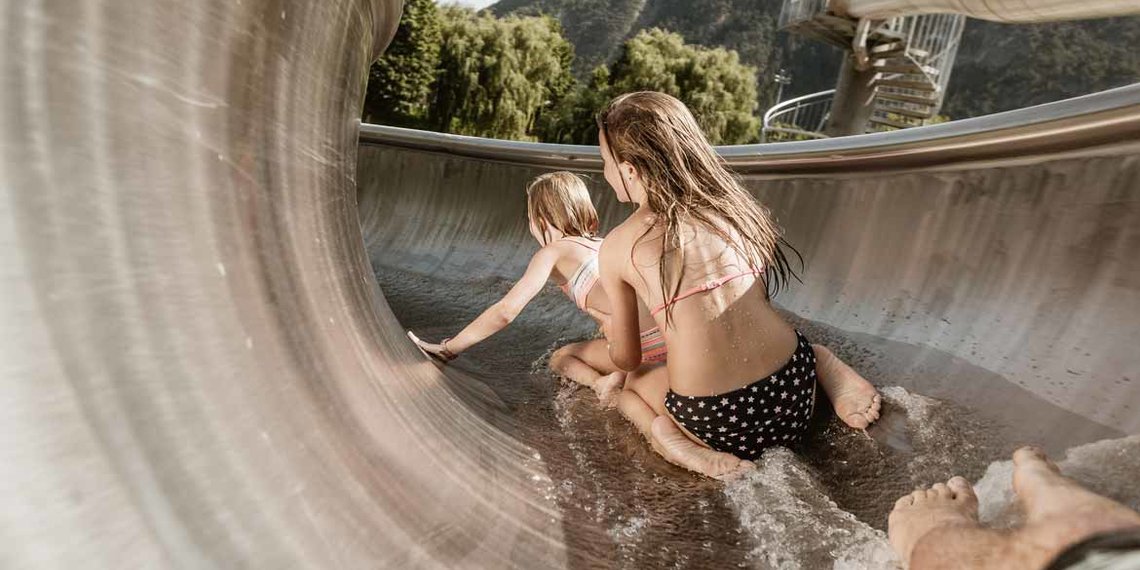

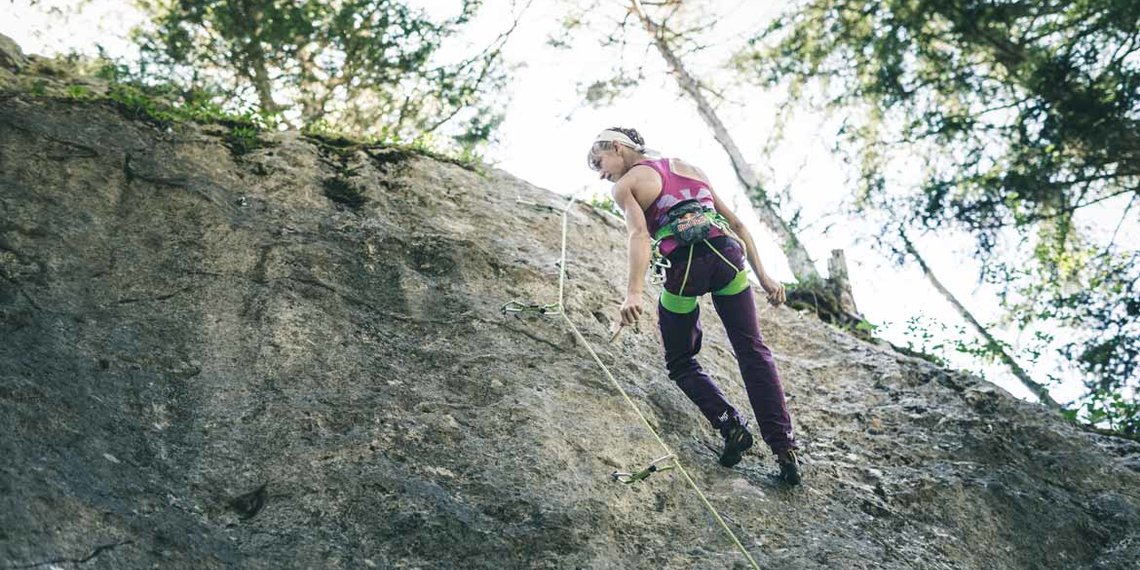

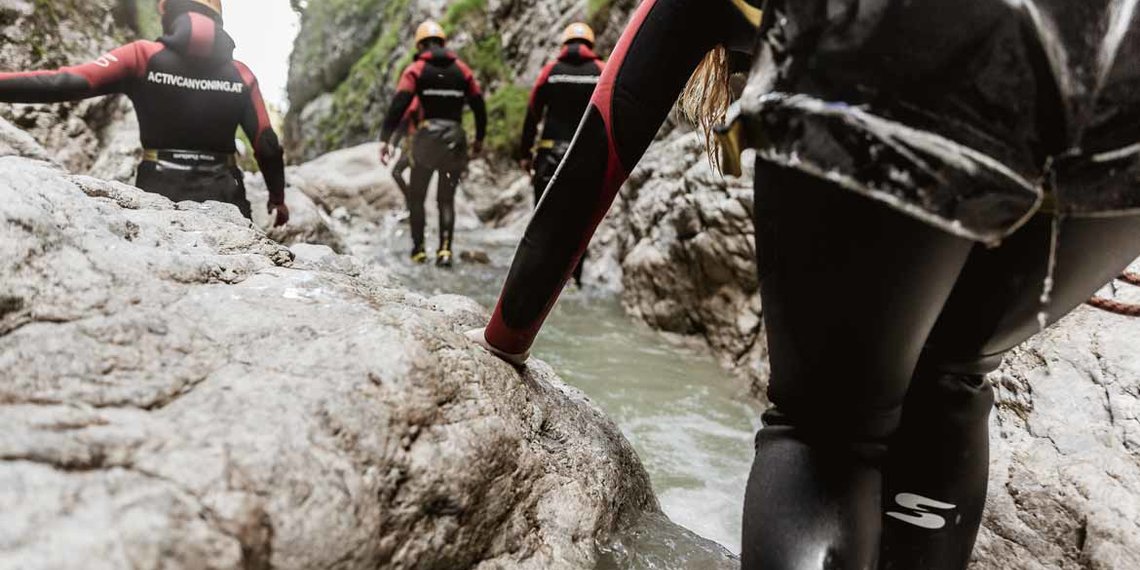
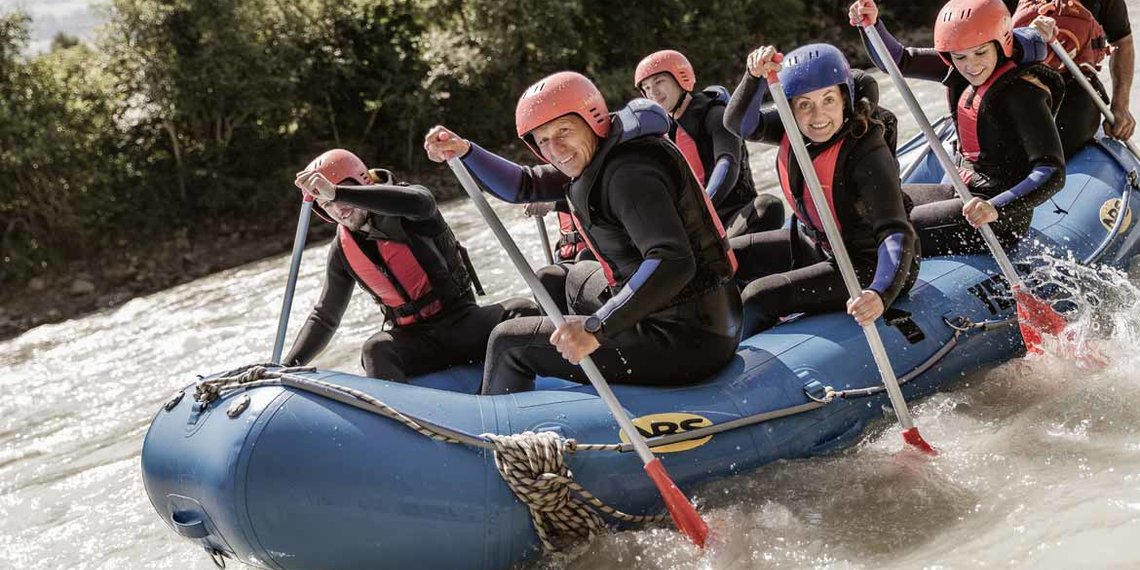
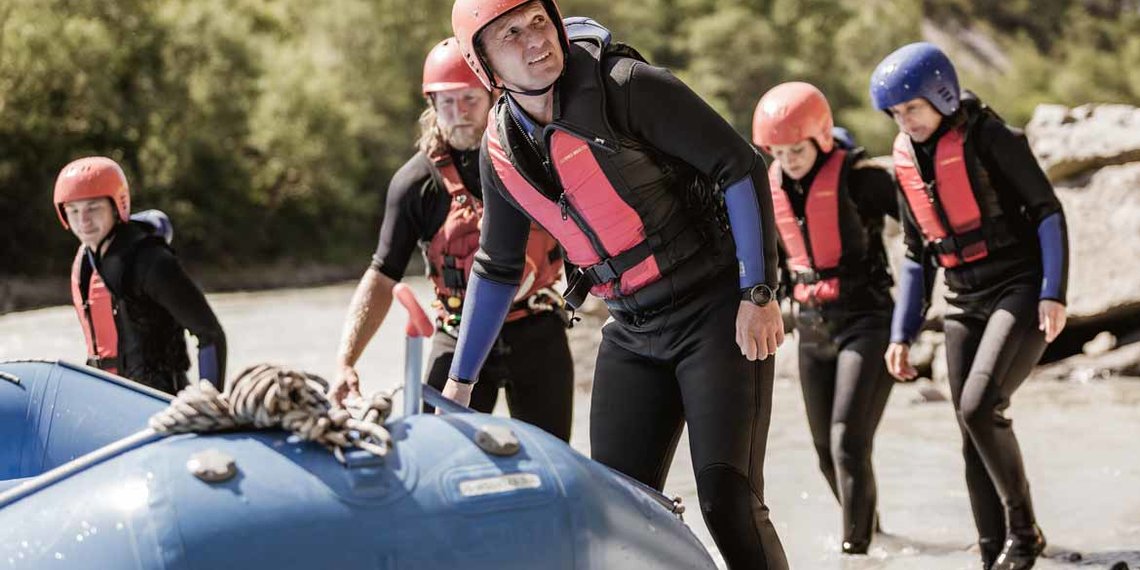
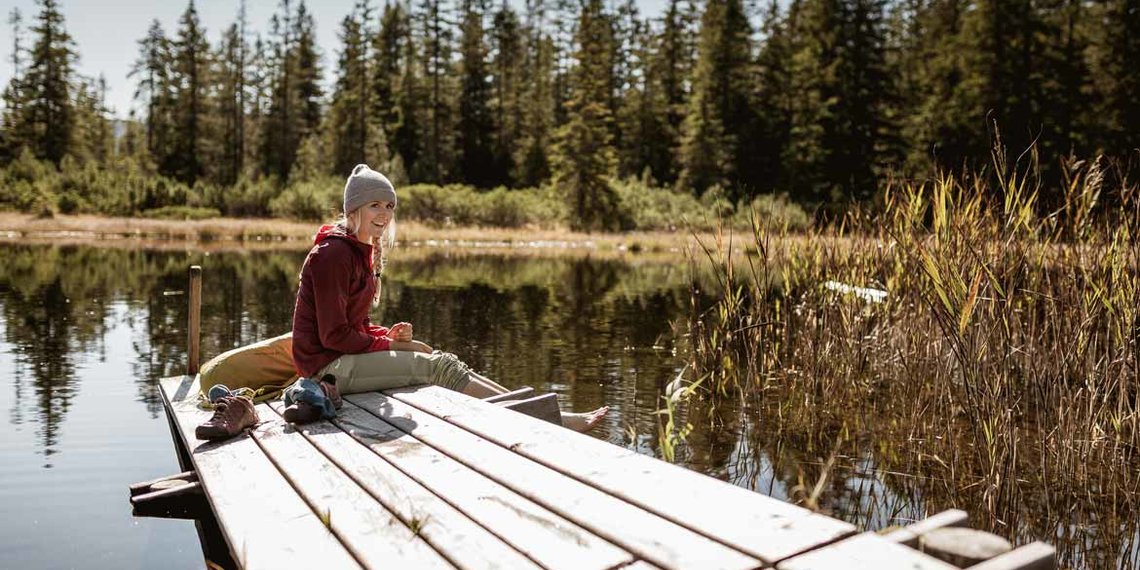

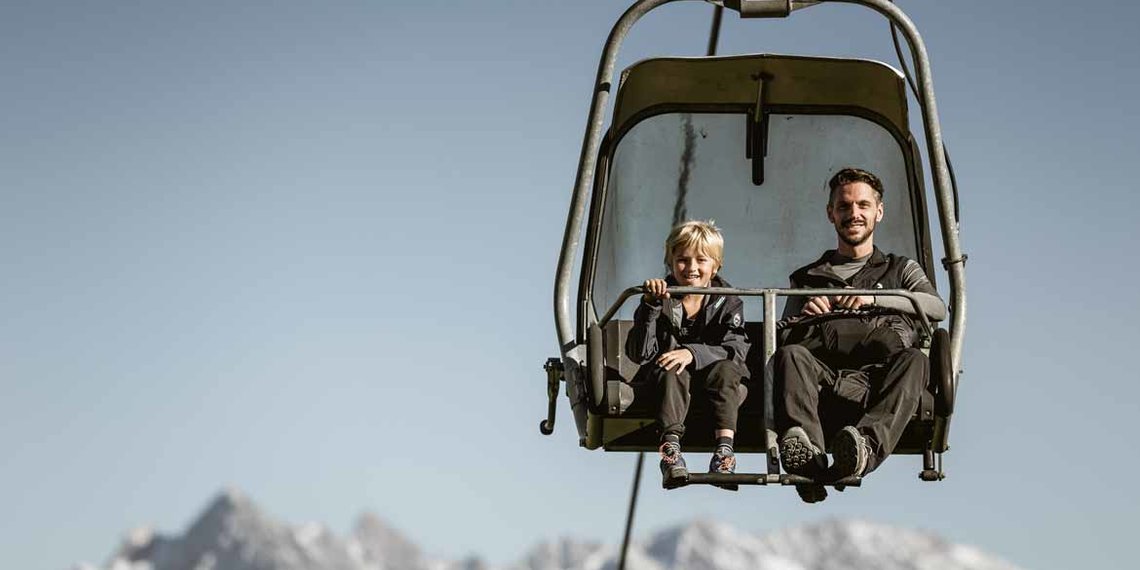

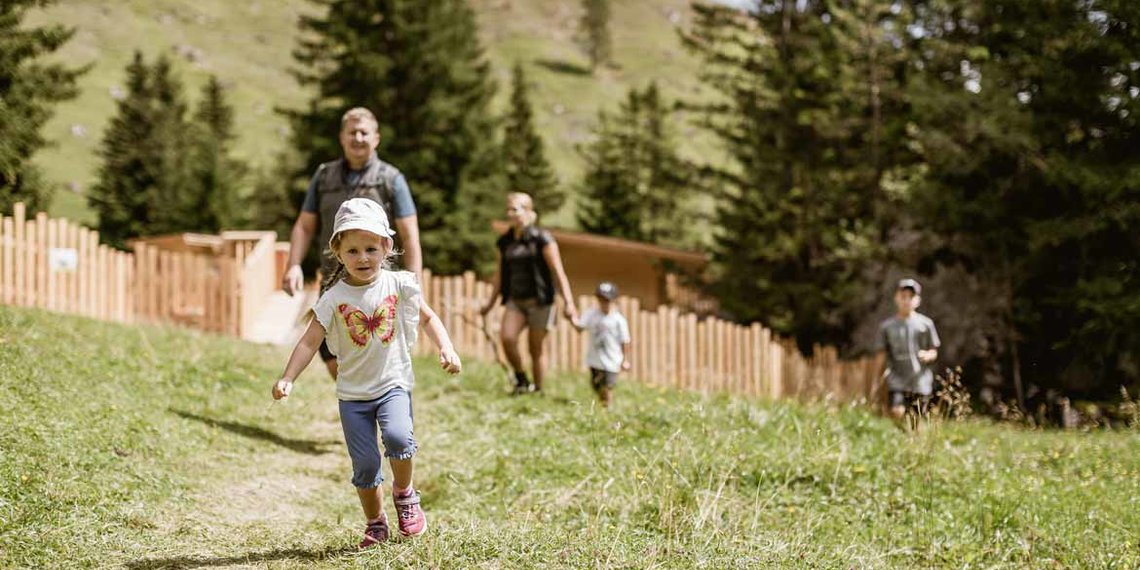



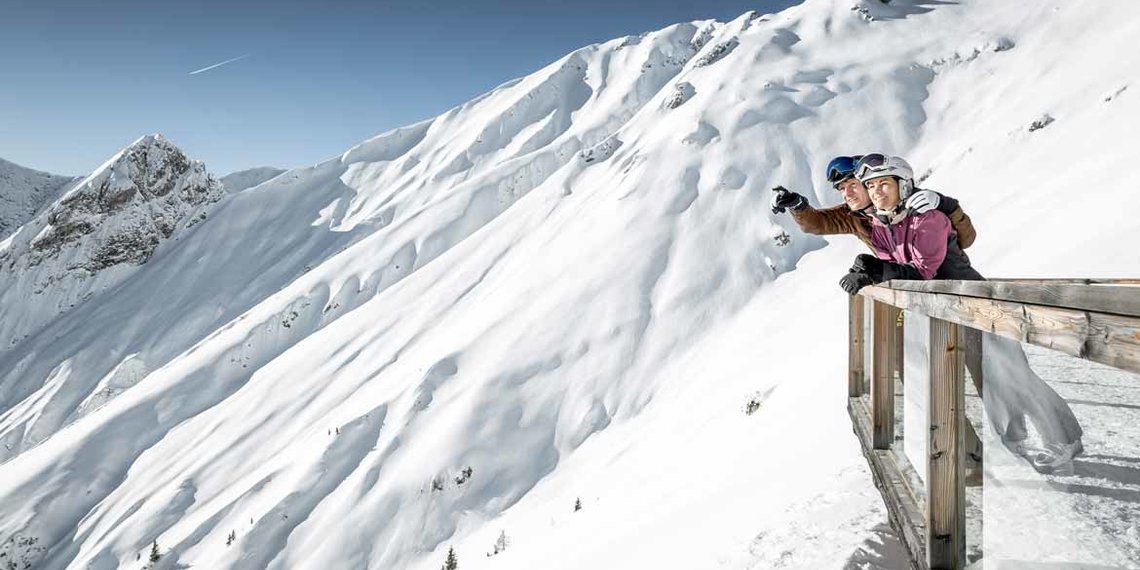
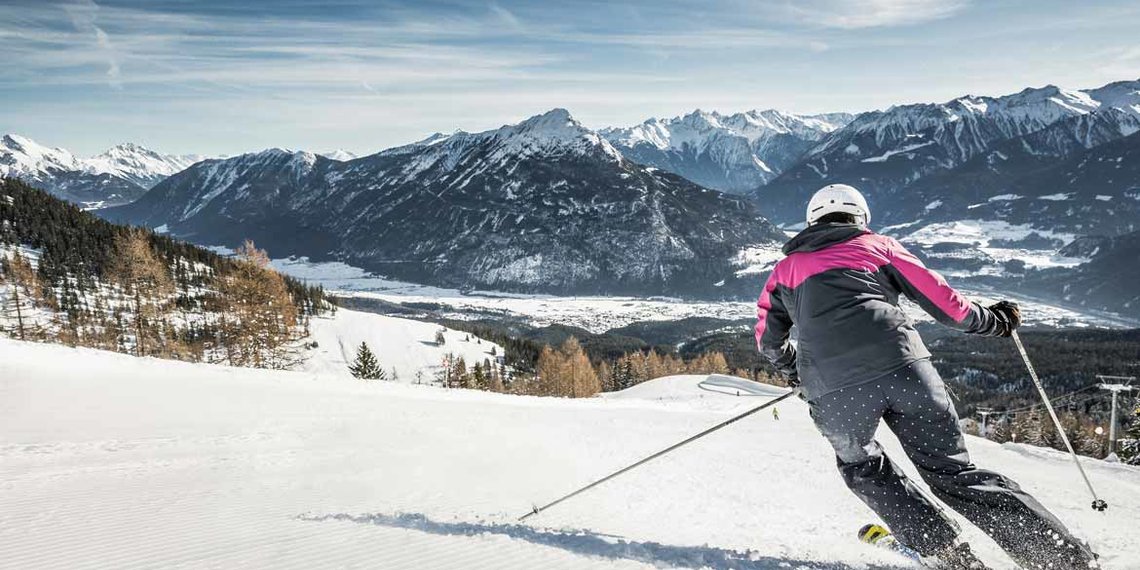

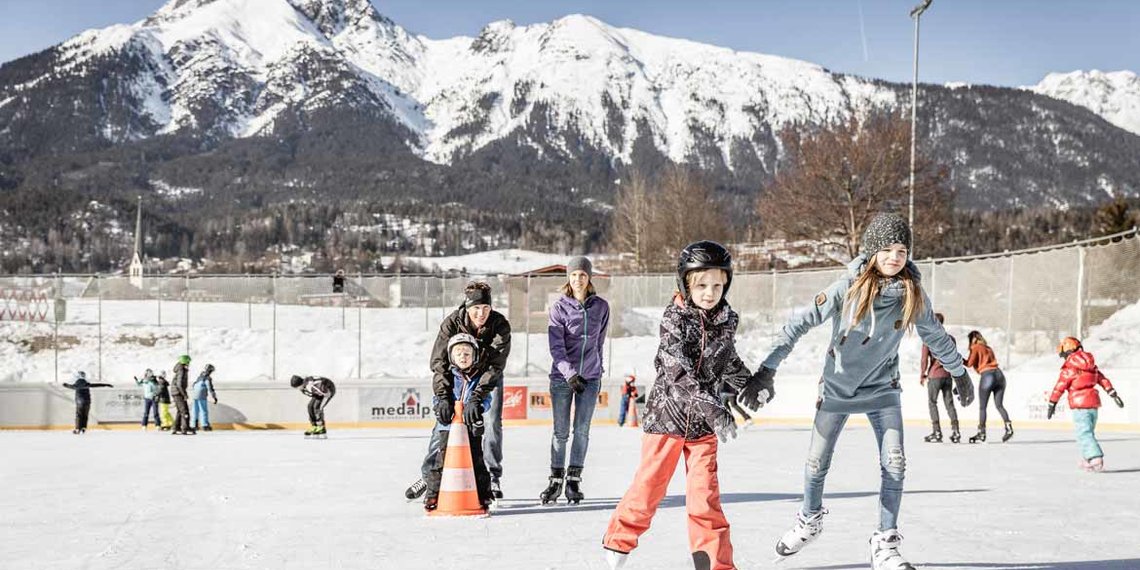

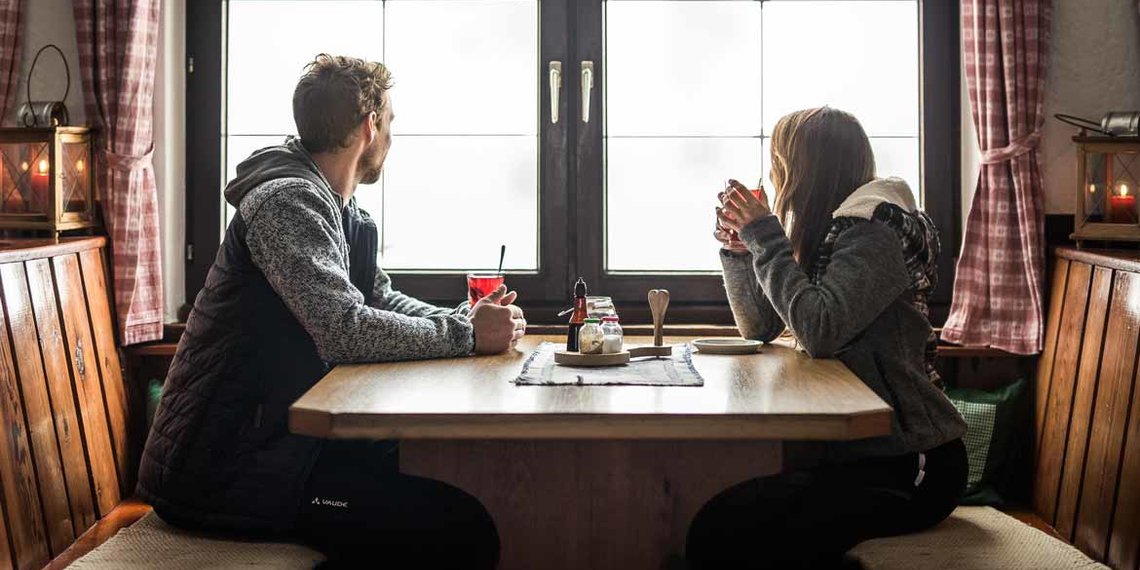

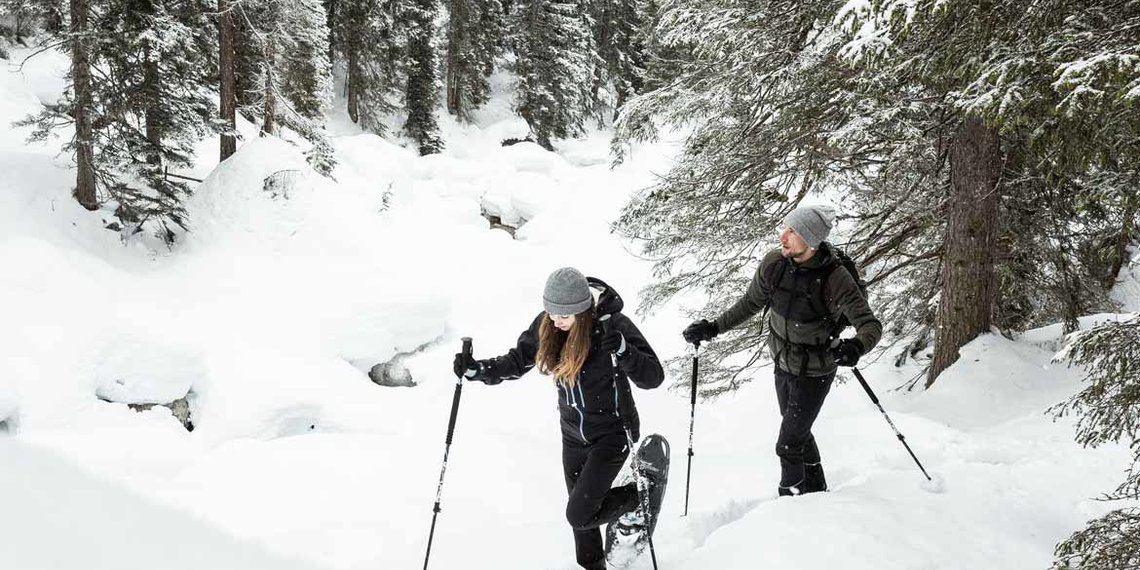


In addition to our own Hochimst ski area, which is especially popular for families, there are a number of large Tyrolean ski areas around the area. The region also offers beautiful and attractive cross-country ski runs and winter hiking trails. Also with a horse-drawn carriage ride and snow-shoe hiking the winter nature can be discovered well. Toboggan runs, ice skating and curling complete the programme.



historical map of ...
100 AD
Old settlement area
There is documentary evidence of “Oppidum Humiste” dating back to 763. Oppidum was a fortifified pre-Roman settlement. Its mention after the Roman era points towards continuous settlement since pre-Roman times that will have been concentrated on the hill above Imst town centre. There are also indications of prehistoric settlement in Dormitz near Nassereith. The Romans established road stations in both places along the Via Claudia Augusta, around which settlements developed. In Imst, which was the most important settlement between Füssen and Merano, this was probably parallel to the pre-Roman settlement. There was also prehistoric and Roman settlement on the sunny slopes of the Tschirgant, in Karrösten and Karres.
1550
Mining stronghold
The area around the Via Claudia Augusta between Biberwier and the Inn Valley was an important mining centre in multiple respects. Signifificant historic mining districts were located in the Mieming mountain range in the east, the Lechtal Alps in the north and on the slopes of the Tschirgant in the south. Numerous tunnel entrances await discovery on close examination particularly in the Wannig rock face above Nassereith. Above all lead was mined as a grey ore for silver mining in Schwaz and Zink. Furthermore, Imst, alongside its importance as a market place and traffic hub, was the seat of the mining court covering an area that reached to the Ausserfern district and Vorarlberg.
1901
Long prevented town
Imst has for thousands of years been the most important settlement between Füssen and Merano and an important traffiffiific hub. It has had market rights since late medieval times and from the fifteenth to the seventeenth centuries it was the seat of a mining court covering an area that reached to the Ausserfern district and Vorarlberg. Had the infflluential lords of Starkenberg not opposed this because Imst would then have been directly subordinate to the territorial prince, the Gurgltal metropolis would have been a town with its own walls for 700 years. Following a ffiire in 1822 to which 206 out of 220 houses fell victim, Imst was rebuilt and ffiinally received town rights in 1898. Imst is also renowned for its bird breeders and dealers.

Basically, the Romans looked for the shortest route for the Via Claudia Augusta. The Roman road therefore ran as straight as possible, usually on the sunny side of the valley, slightly above the valley floor, so that it was not affected by storms and was quickly dry and snow-free again after rain and snowfall. Of course there are exceptions to all rules.
In this map you can see what you can discover in the region.
In this map we show you how to cycle the Via Claudia Augusta from north and ftom south of the region.
In this map we show you how to hike the Via Claudia Augusta from north and from south of the region.
In this map we show you how to travel in the region by car, camper and bus, ... the Via Claudia Augusta and its sights to the north and to the south.
Information on the entire Via Claudia Augusta can be obtained from
Via Claudia Augusta Info
www.viaclaudia.org
info@viaclaudia.org
0043 664 27 63 555
Detailed questions about the region are best answered by
Tourist information from TirolWest
www.tirolwest.at
Main square 6, 6511 Zams
info@tirolwest.at
0043 5442 65600
In this map, we show you the hosts in the region and the possibilities of camping along the Via Claudia Augusta.